Shift from crop protection to ecosystem nurturing
After the administrative boundary merger, An Giang is the leading province in the Mekong Delta region in rice production thanks to the expansion of space and the full convergence of the region's ecological advantages. Accordingly, the province has determined the path to develop green - quality - low-emission rice, choosing the Integrated Plant Health Management Program (IPHM) as the technical "backbone" in implementing the Project on sustainable development of 1 million hectares of high-quality and low-emission rice cultivation associated with green growth in the Mekong Delta region by 2030.
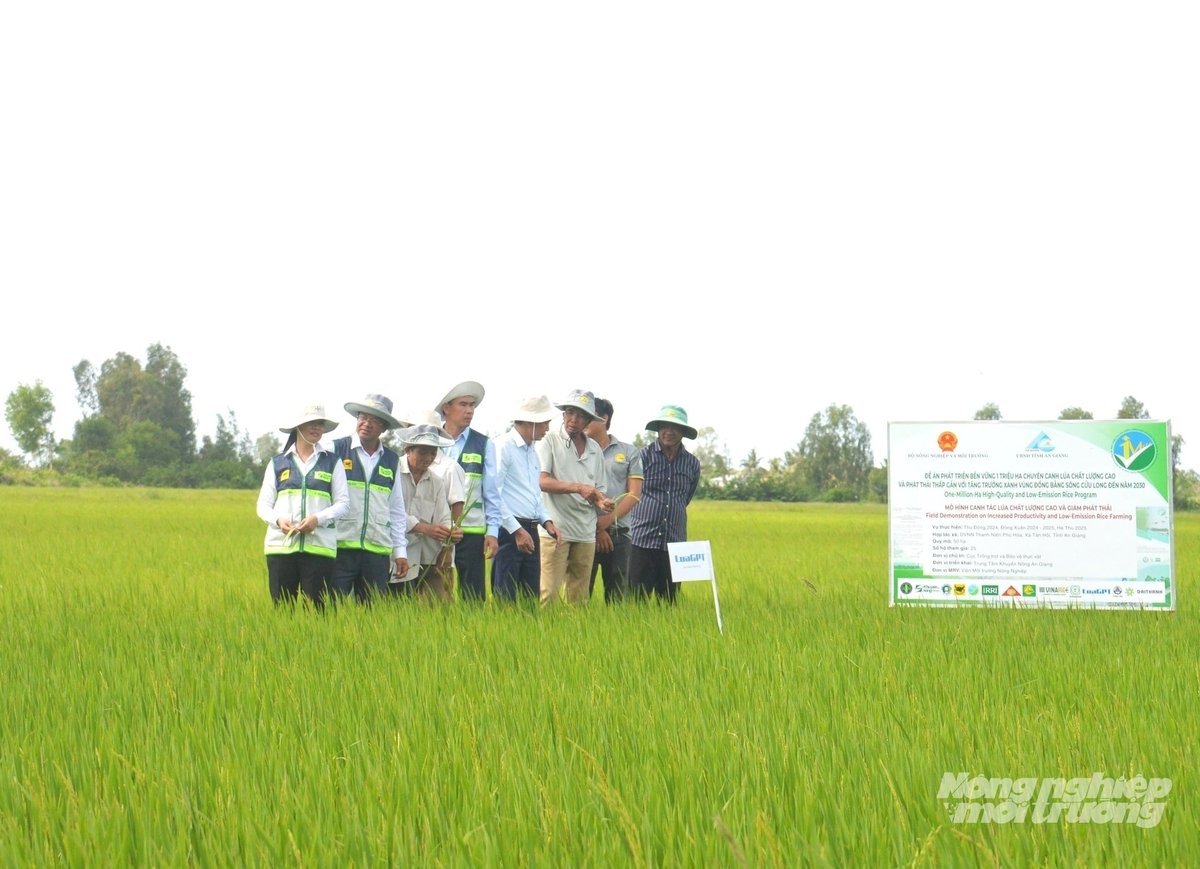
An Giang province has integrated the IPHM program into the pilot fields participating in the 1 million hectare high-quality rice project. Photo: Trung Chanh.
This is considered a shift from “plant protection” to “ecosystem nurturing” in rice production. Ms. Nguyen Thi Le, Deputy Head of the Department of Crop Production and Plant Protection of An Giang province, said that IPHM inherits traditional IPM (integrated pest management) but goes a step further. Instead of focusing only on pests, IPHM manages the health of the entire rice ecosystem, from soil, water, nutrition, pests to biodiversity.
The three core pillars of IPHM are the use of certified rice varieties, the application of integrated pest management, and the reduction of fertilizer and pesticide use. When practiced consistently, farmers can save 15-20% of production costs, reduce environmental pollution, and improve food safety.
An Giang's scale and goals are large enough to create regional effects. The whole province currently has more than 617,000 hectares of rice land with a seasonal structure including winter-spring, summer-autumn, autumn-winter and summer-autumn crops, each year planting up to more than 1.35 million hectares, with an output of 8.5 - 8.7 million tons. This figure not only affirms An Giang's position as "the granary of the granary" but also sets production requirements according to national and international standards on emission reduction, traceability, and meeting safety standards.
Linking the chain, improving the rice brand
To make IPHM truly available in the fields, An Giang province has strengthened training, aiming to have at least 5 national IPHM instructors, about 20 provincial instructors by 2030, and each commune with a large production area will have at least 2 IPHM officers directly providing guidance. The training model of learning while doing according to the rice life cycle (about 13 weeks) helps resource officers and farmers identify the ecosystem, make decisions based on field observations instead of the habit of spraying pesticides.

Deputy Minister of Agriculture and Environment Tran Thanh Nam (fourth from left) and delegates visit the field participating in the 1 million hectare high-quality rice project, which An Giang has integrated with the IPHM program at Phu Hoa Cooperative. Photo: Trung Chanh.
In addition, strengthening the rice value chain linkage with many cooperatives participating in IPHM connecting with enterprises that purchase rice in a closed process from seeds, cultivation techniques, harvesting, drying, processing and consumption. The benefits of participating in the value chain are stable input, reduced costs, committed output, and more equitable sharing of added value. In the long term, this is the premise for building the An Giang rice brand with quality seeds, production according to the green Vietnamese rice standard to reduce emissions, and consistent quality management of shipments.
IPHM is also key to the goal of green growth. Reducing fertilizers and chemical pesticides means reducing environmental pollution and balancing the ecosystem. Synchronizing mechanization of production stages, applying digital agriculture and alternating flooding and drying processes help reduce greenhouse gas emissions. When the environment and public health are improved, the “hidden” costs of the food system are reduced, and the competitiveness of green-cultivated Vietnamese rice will increase.
However, for IPHM to spread widely and make a breakthrough, communication work needs to be stepped up. The construction of demonstration models between control fields and IPHM fields must be organized continuously so that farmers can clearly see the effectiveness. In particular, the agricultural extension system, plant protection and professional social organizations need to coordinate closely with farmers in the fields during each crop season.
When IPHM becomes a production standard and no longer a model, the 1 million hectare rice project in An Giang will have a solid foundation, farmers will have profits, the environment will be protected, and the rice brand will be enhanced. That is the path for An Giang to play the leading role in sustainable rice production not only in the Mekong Delta but also in the whole country.
Source: https://nongnghiepmoitruong.vn/tich-hop-iphm-vao-de-an-1-trieu-ha-lua-chat-luong-cao-d782530.html




![[Photo] Prime Minister Pham Minh Chinh attends the annual Vietnam Business Forum](https://vphoto.vietnam.vn/thumb/1200x675/vietnam/resource/IMAGE/2025/11/10/1762780307172_dsc-1710-jpg.webp)


![[Photo] Prime Minister Pham Minh Chinh attends the Patriotic Emulation Congress of the Ministry of Foreign Affairs for the 2025-2030 period](https://vphoto.vietnam.vn/thumb/1200x675/vietnam/resource/IMAGE/2025/11/10/1762762603245_dsc-1428-jpg.webp)


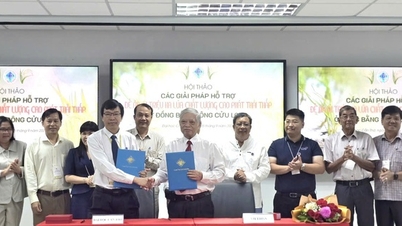


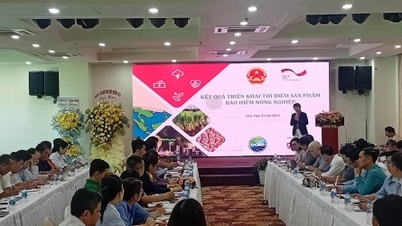

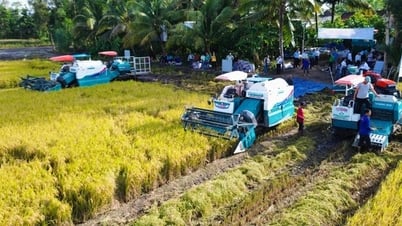

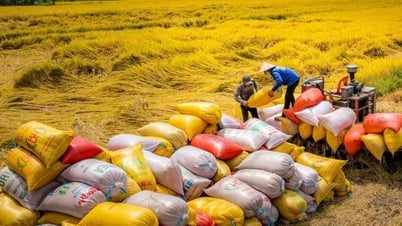


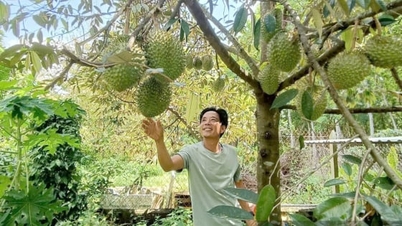
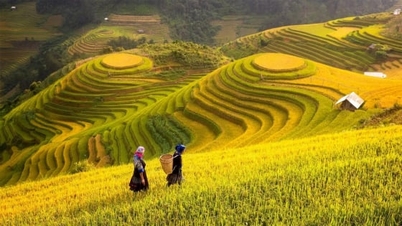










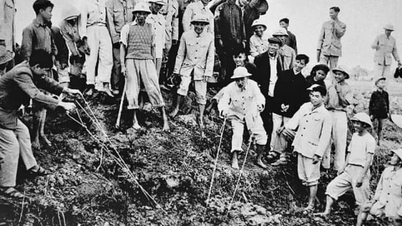

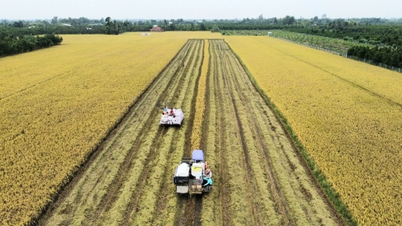






































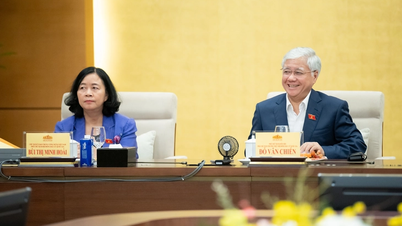






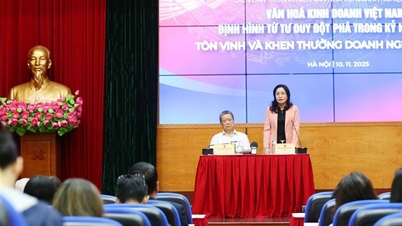
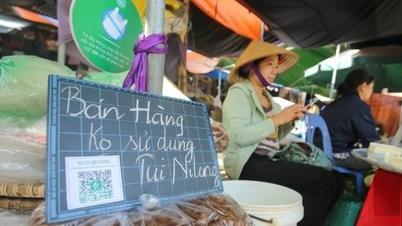


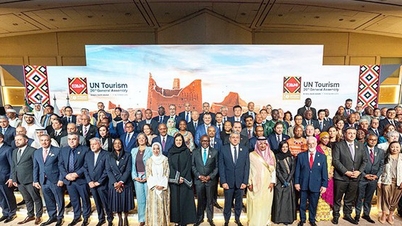

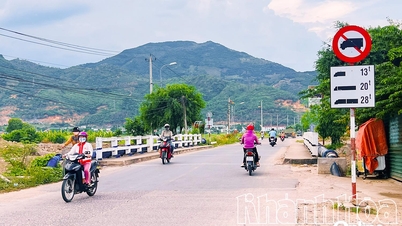




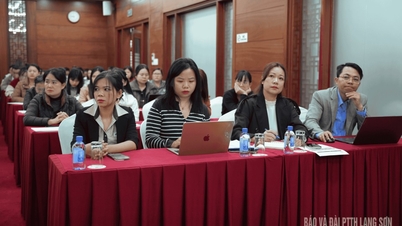


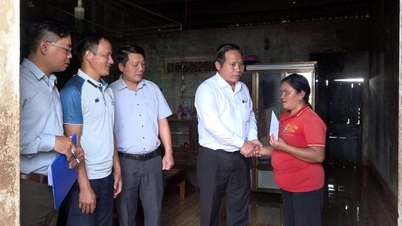


![Dong Nai OCOP transition: [Article 3] Linking tourism with OCOP product consumption](https://vphoto.vietnam.vn/thumb/402x226/vietnam/resource/IMAGE/2025/11/10/1762739199309_1324-2740-7_n-162543_981.jpeg)







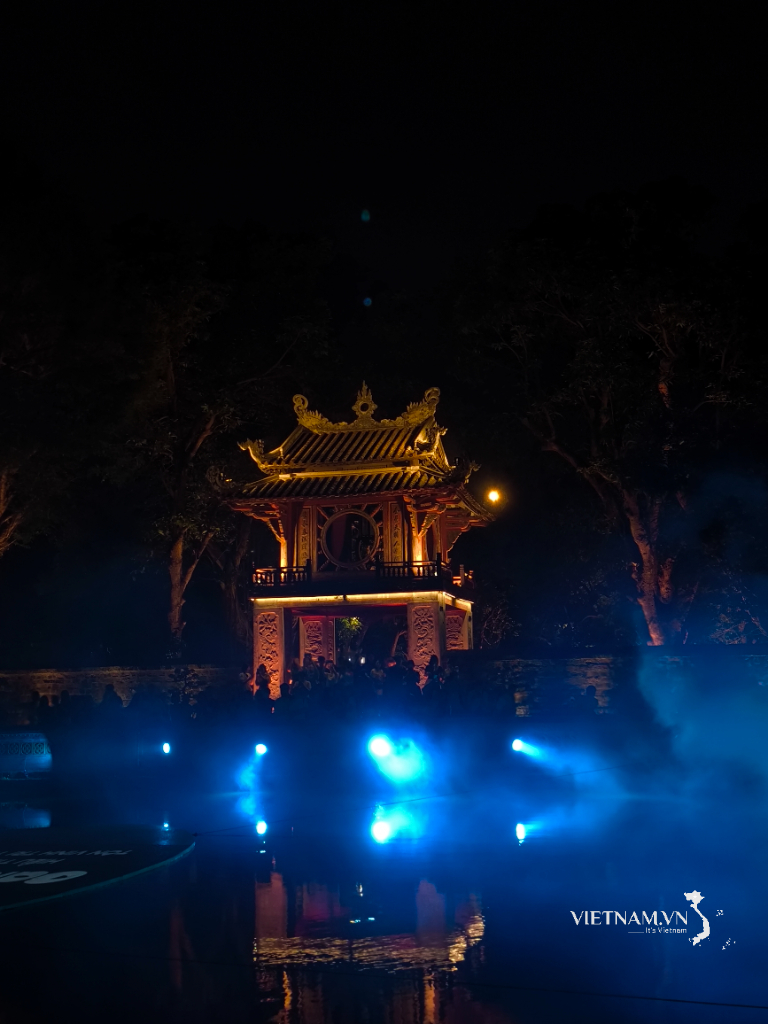

Comment (0)